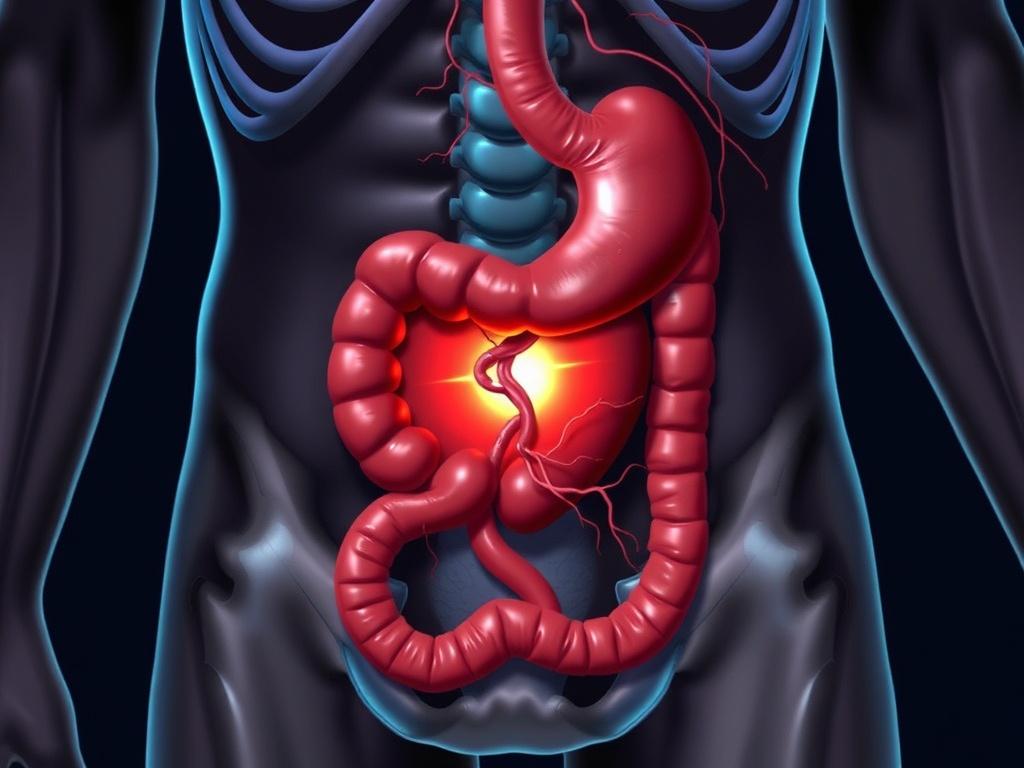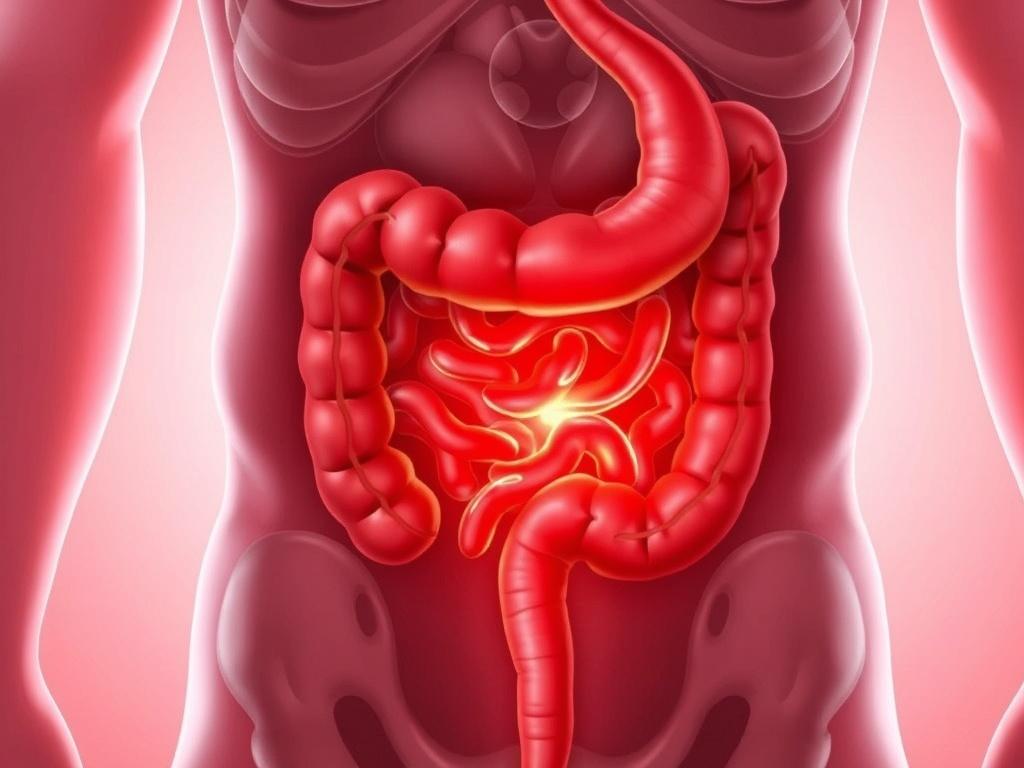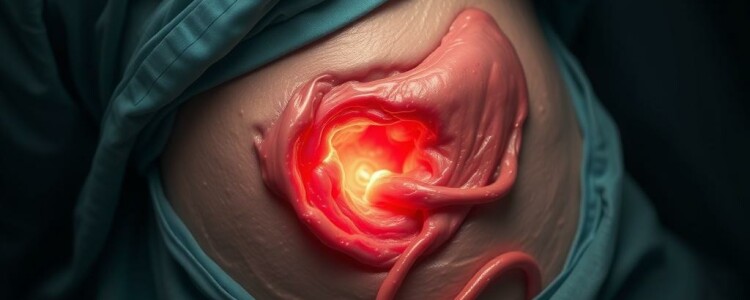A ruptured appendix can feel overwhelming, but understanding this medical condition can help you recognize the signs early and get the right treatment promptly. Most people know about appendicitis, the inflammation of the appendix, but when the appendix ruptures, it becomes a more serious and urgent health concern. Let’s break down everything you need to know about a ruptured appendix—from what causes it to how it’s treated and what recovery looks like.
What Is a Ruptured Appendix?
The appendix is a small, finger-shaped pouch attached to the large intestine. Its function is not entirely clear, but it can become inflamed, leading to appendicitis. When this inflammation is not addressed quickly enough, the appendix may tear or rupture. A ruptured appendix means that the inflamed, infected appendix has burst, spilling bacteria and other materials into the abdominal cavity. This can cause widespread infection, also known as peritonitis, which can be life-threatening if not treated immediately.
The progression from a simple inflamed appendix to a rupture can happen quickly, sometimes within 24 to 72 hours after symptoms begin. This urgency is why recognizing early signs can make a big difference.
Symptoms of a Ruptured Appendix
Understanding the symptoms of a ruptured appendix can save lives. The signs often start similar to appendicitis but then escalate as the appendix ruptures and infection spreads. Here are the key symptoms to watch for:
- Severe abdominal pain: Often starting around the navel and moving to the lower right side, the pain intensifies when the appendix ruptures.
- Fever and chills: As your body fights infection, your temperature rises.
- Nausea and vomiting: These symptoms can worsen following rupture.
- Loss of appetite: A common sign accompanying abdominal distress.
- Swelling or bloating of the abdomen: Due to infection and inflammation spreading throughout the abdomen.
- Rapid heartbeat and breathing: Possible signs of the body reacting to severe infection.
If you or someone else experiences these symptoms, especially severe abdominal pain combined with fever and vomiting, seek medical attention immediately. A ruptured appendix is a medical emergency.
Differences Between Appendicitis and a Ruptured Appendix
Sometimes it’s hard to tell whether someone has simple appendicitis or if the appendix has already ruptured. Appendicitis symptoms often start mild and gradually worsen, while a rupture typically triggers a sudden spike in pain and other symptoms.
| Symptom | Appendicitis | Ruptured Appendix |
|---|---|---|
| Abdominal pain | Mild to moderate, localized to lower right abdomen | Severe, intense and spreading across the abdomen |
| Fever | Low-grade fever | High fever with chills |
| Nausea and vomiting | Often present | Persistent and severe |
| Appetite | Decreased | Often completely lost |
| Abdominal swelling | Rare | Common due to infection |
Knowing this difference can help guide urgent care decisions.
Causes and Risk Factors for Appendix Rupture
A ruptured appendix is typically the natural consequence of untreated appendicitis, but what causes the inflammation in the first place? Usually, the appendix becomes blocked by a foreign body, hardened stool, or swelling of lymphoid tissue. This blockage can cause bacterial overgrowth, leading to inflammation and infection.
Certain risk factors increase the likelihood of appendix rupture:
- Delayed medical treatment: Waiting too long to get medical attention can allow appendicitis to progress to rupture.
- Age: Children and older adults are at higher risk, partly because symptoms can be less clear and harder to recognize.
- Previous history of appendicitis: Recurring inflammation can weaken the appendix.
- Obstruction: Physical blockages in the appendix can spur inflammation.
Understanding these risk factors helps highlight why early diagnosis and intervention are so important.
The Timeline: From Appendicitis to Rupture
Time is critical when dealing with suspected appendicitis. Typically:
- Within 24 hours: Symptoms of appendicitis start mildly and worsen.
- 24-72 hours: Risk of rupture increases significantly.
- After rupture: Severe symptoms and widespread infection occur, requiring urgent surgery.
If you experience symptoms of appendicitis, don’t wait to visit a healthcare professional.
Diagnosing a Ruptured Appendix
If you suspect a ruptured appendix, diagnosis will include a combination of physical exams, laboratory tests, and imaging studies. Here’s what commonly happens in the diagnostic process:
Physical Examination
Doctors will perform a physical exam, focusing on your abdomen. Classic signs include tenderness in the lower right abdomen and rebound tenderness (pain when pressure is released). They may also check for rigidity, which can indicate peritonitis from rupture.
Laboratory Tests
Blood tests usually reveal elevated white blood cell counts, signaling infection. Urinalysis helps rule out urinary tract infections or kidney stones, which can mimic appendix pain.
Imaging Studies
Advances in imaging have made it easier to confirm a ruptured appendix:
- Ultrasound: Often used first, especially in children and pregnant women.
- CT Scan: The gold standard for diagnosing ruptured appendices, providing clear images of inflammation, abscesses, or perforation.
- MRI: Used less frequently but can be an alternative when CT is contraindicated.
Quick and accurate diagnosis greatly improves treatment outcomes.
Treatment Options for a Ruptured Appendix
Treatment for a ruptured appendix always involves surgery, followed by antibiotic therapy to control infection.
Surgical Approaches
There are two main approaches to surgery:
- Laparoscopic Appendectomy: Surgeons insert small instruments through keyhole incisions to remove the appendix. This method typically results in less pain and quicker recovery but may not be suitable in severe cases of rupture.
- Open Appendectomy: When infection is widespread, or abscesses are present, an open surgery through a larger incision is often preferable to allow thorough cleaning of the abdominal cavity.
Managing Abscesses and Infections
Sometimes, when the appendix ruptures, an abscess (a pocket of pus) forms. In these cases, doctors may first drain the abscess and treat infection with intravenous antibiotics before surgery, especially if the patient is not stable.
Role of Antibiotics
Antibiotic therapy is crucial to treat or prevent infection after rupture. Patients usually receive intravenous antibiotics in the hospital, followed by oral antibiotics after discharge to complete the course.
Recovery and Potential Complications

After surgery for a ruptured appendix, recovery can take longer than after a simple appendectomy because the body must heal from infection and inflammation.
Hospital Stay and Care
Typically, patients stay in the hospital for several days, depending on the severity of the rupture and any complications. During this time, doctors monitor vital signs, wound healing, and response to antibiotics.
Common Recovery Challenges
Some patients experience:
- Persistent abdominal pain: Normal during early recovery.
- Wound infections: Proper wound care reduces this risk.
- Intra-abdominal abscesses: May require further drainage or treatment.
Long-Term Outlook
With prompt treatment, most people fully recover from a ruptured appendix. However, delayed diagnosis or treatment increases the risk of serious complications such as sepsis or bowel obstruction.
Here’s a brief overview of expected recovery milestones:
| Timeframe | Recovery Milestone |
|---|---|
| Days 1-3 | Hospital stay with IV antibiotics and close monitoring |
| Week 1 | Reduced pain, transition to oral antibiotics |
| Weeks 2-4 | Gradual return to normal activities |
| 1-2 months | Full recovery expected, barring complications |
Preventing Appendix Rupture: What You Should Know
While there is no guaranteed way to prevent appendicitis or rupture, early recognition and treatment are the best defense. Some tips include:
- Don’t ignore symptoms of persistent abdominal pain and seek medical advice promptly.
- Understand your family history, as genetics may play a small role.
- Maintain a healthy diet rich in fiber, which may reduce the risk of obstruction.
Being informed and proactive about your abdominal health helps reduce the risks associated with a ruptured appendix.
Frequently Asked Questions About a Ruptured Appendix

Can a ruptured appendix heal on its own without surgery?
Unfortunately, once the appendix ruptures, it cannot heal by itself. Surgery is necessary to remove the infected tissue and prevent life-threatening complications.
What happens if a ruptured appendix is left untreated?
If untreated, a ruptured appendix can cause widespread infection in the abdomen (peritonitis) or infection in the bloodstream (sepsis), both of which can be fatal.
Is a ruptured appendix more common in certain age groups?
Yes, children under 5 and adults over 60 are at higher risk of rupture because their symptoms can be less obvious, leading to delayed treatment.
How painful is a ruptured appendix compared to appendicitis?
A ruptured appendix usually causes more severe and widespread abdominal pain than uncomplicated appendicitis due to the infection affecting a larger area.
Can antibiotics alone treat a ruptured appendix?
Antibiotics alone are not sufficient to treat a ruptured appendix. Surgery is needed to remove the source of infection, though antibiotics are crucial in managing the infection after surgery.
Living After a Ruptured Appendix
Surviving a ruptured appendix is life-changing for many. Some people find they need to make adjustments to their lifestyle during recovery, especially if complications arise. Emotional support from family, friends, and healthcare providers plays a significant role. Many patients also benefit from follow-up care, such as physical therapy or nutritional counseling, to restore strength and health.
Understanding the warning signs and getting medical help early is the single most effective way to avoid the dangers of a ruptured appendix and ensure a smoother, quicker recovery.
Conclusion
A ruptured appendix is a serious medical emergency that requires immediate attention. While it often follows untreated appendicitis, understanding the symptoms, diagnosis, and treatment can make a significant difference in outcomes. Prompt surgery combined with proper antibiotic therapy offers the best chance of full recovery, though complications can extend healing time. Awareness of risk factors and early signs puts you in the best position to seek care without delay. Remember, listening to your body and acting fast is key when it comes to a ruptured appendix—don’t hesitate to reach out for medical help if you suspect something is wrong. With timely treatment, the vast majority of people go on to live healthy, normal lives after overcoming this challenging condition.



